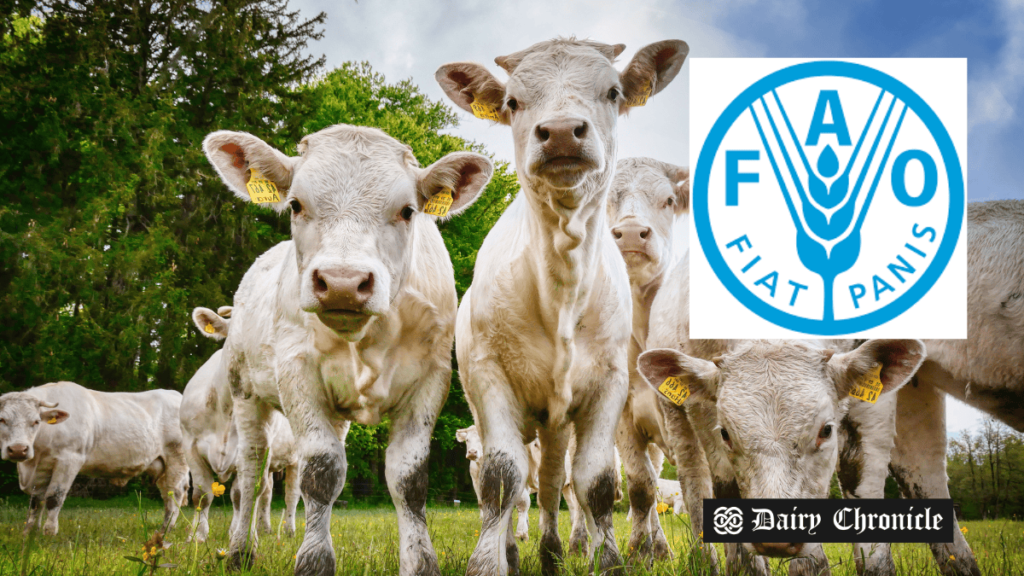The FAO Food Price Index indicates a significant increase in dairy prices due to heightened global demand for milk products, reflecting complex dynamics in agricultural markets.
The FAO Food Price Index (FFPI) has revealed significant shifts in global commodity prices, with dairy prices seeing a notable increase due to rising global demand for milk products. According to the FAO, based in Rome, Italy, the FFPI reached 124.4 points in September 2024, marking a 3% rise from August and the largest monthly increase since March 2022. This upward trend reflects a broad-based increase in prices across various commodities, including a substantial 10.4% rise in sugar.
Impact on Dairy Prices
The FAO Dairy Price Index rose by 3.8% to 136.3 points in September, representing a remarkable 21.7% increase compared to the same month last year. This surge is largely attributed to strong demand for whole milk powder in Asia, even as Oceania experiences seasonally high milk production. Additionally, limited export availabilities and robust domestic purchases in Western Europe have bolstered skim milk powder prices. Butter prices continued their eleven-month increase, driven by tight inventories and solid demand, while cheese prices saw gains due to restricted export supplies from Western Europe.
Concerns in Other Commodity Markets
The FAO Cereal Price Index increased to 113.5 points, up 3.0% from August but 10.2% lower than the previous year. Adverse weather conditions in key exporting regions have affected wheat production, causing global prices to rebound. Meanwhile, the FAO Vegetable Oil Price Index surged to 142.4 points, with concerns about lower palm oil production contributing to the rise.
Challenges Ahead
The broader price increases in September underscore the complex dynamics influencing global commodity markets, including adverse weather, shifting trade policies, and evolving demand patterns. As these factors continue to shape supply chains, analysts predict ongoing volatility in the global market landscape.
As the FAO monitors these developments, farmers, producers, and consumers worldwide are left navigating the challenges and opportunities presented by these changes in the agricultural sector.



